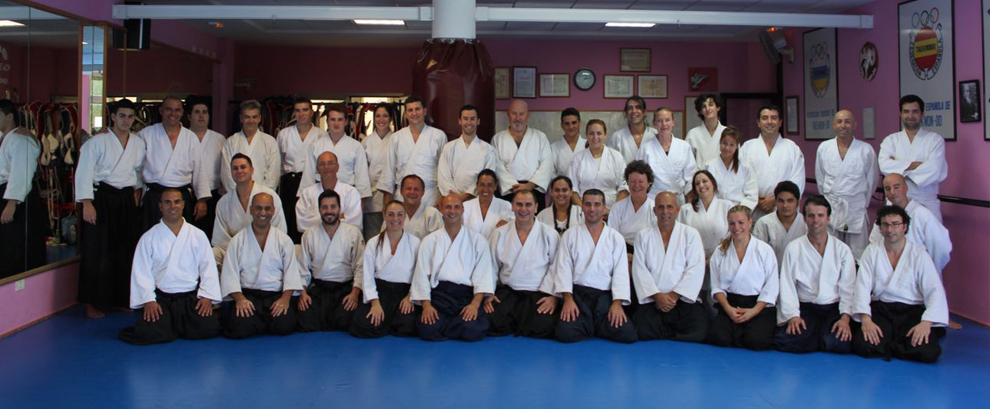Überwerfen, Gürtel umbinden und fertig? So einfach ist das nicht mit dem Kimono. Selbst in Japan beherrschen nur wenige die Kunst, das Seidengewand richtig anzulegen. Heutzutage ist der Kimono nicht mehr das meistgetragene Alltagskleidungsstück in Japan. Aber bei festlichen Anlässen greifen Japanerinnen noch immer auf die Tradition zurück. Ihn richtig anzulegen, ist jedoch eine Kunst, die nur wenige beherrschen.
Heutzutage ist der Kimono nicht mehr das meistgetragene Alltagskleidungsstück in Japan. Aber bei festlichen Anlässen greifen Japanerinnen noch immer auf die Tradition zurück. Ihn richtig anzulegen, ist jedoch eine Kunst, die nur wenige beherrschen.
Kimono heißt wörtlich übersetzt “Anzieh-Sache”. Das etwa fußknöchellange Kleidungsstück ohne Knöpfe oder sonstige Verschlüsse wird lediglich in der Taille mit einer Schärpe, “Obi” stated, gebunden. 20 Handgriffe braucht es, um das traditionell japanische Gewand anzulegen. Wie es gemacht wird, zeigt diese Infografik.
Für jeden Anlass, gibt es das passende Modell: The Komon as is the everyday kimono with a fine, repeating pattern. It is suitable for both married and single women. For the tea ceremony, however, is resorted to Iromuji. This has besides the texture of fabric no pattern. But the most striking are the kimonos Shiromako and Uchikake - the wedding garment. Both are significantly longer than other kimonos and have enhanced Saumschleppe.
The uncomplicated, lighter and more mundane version of kimono called yukata. It is a traditional Japanese garment made of cotton and is distinguished by material and accessories greatly from the other Kimonos. For this purpose, for example, the wooden sandals (can) worn - and the sash (Obi) is tied only to a simple loop.
The infographic shows, how to create the kimono correctly.
Source:Zeit.de









Latest Comments